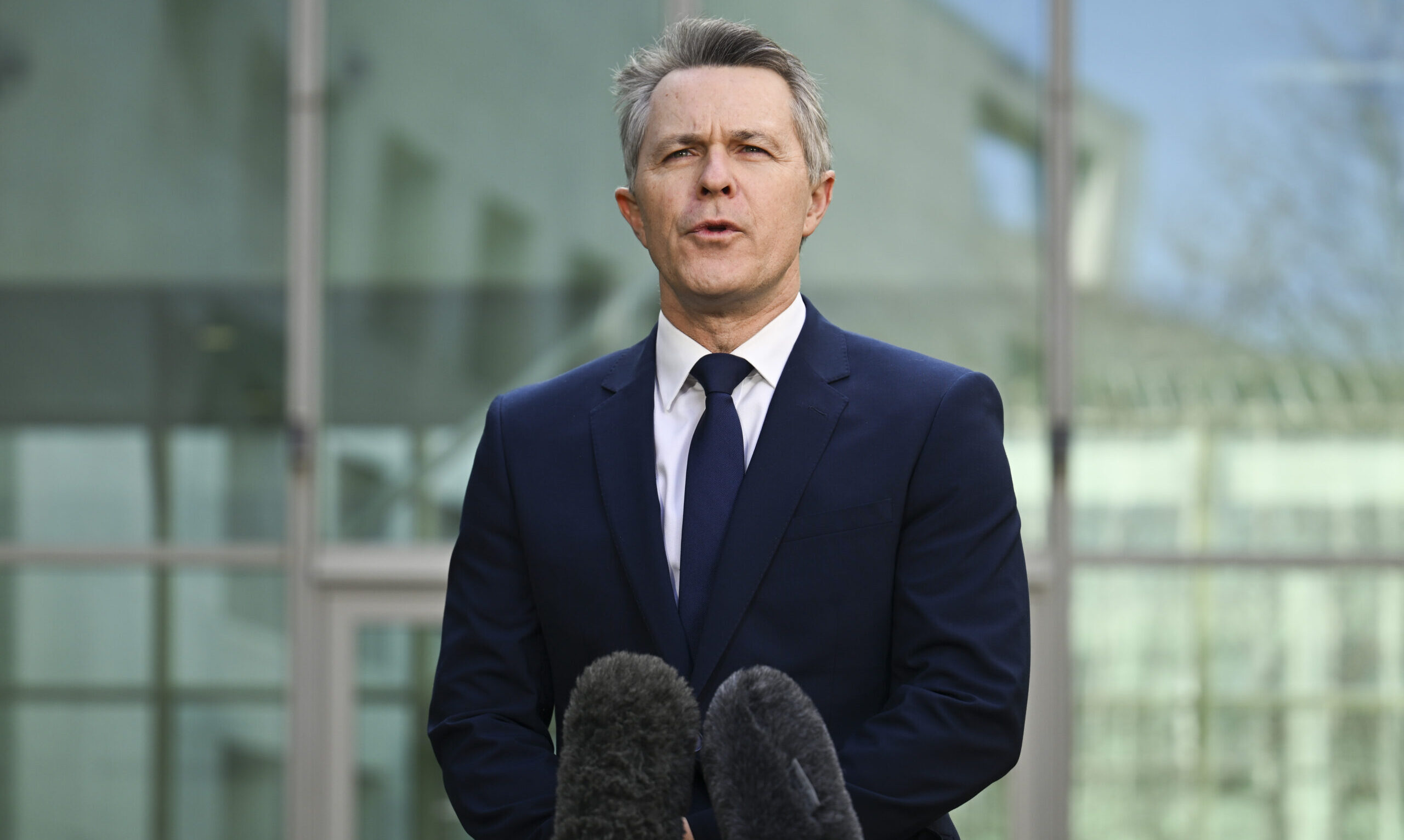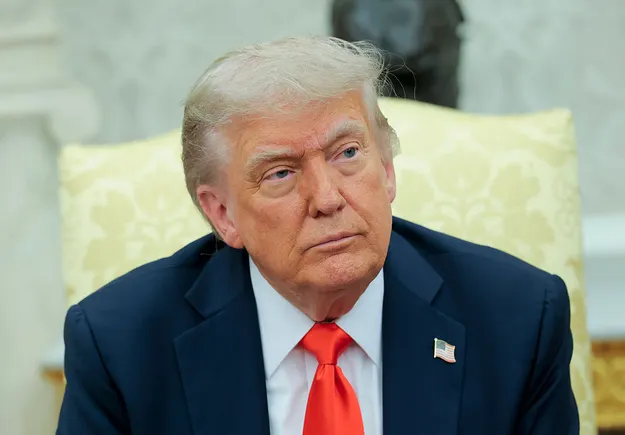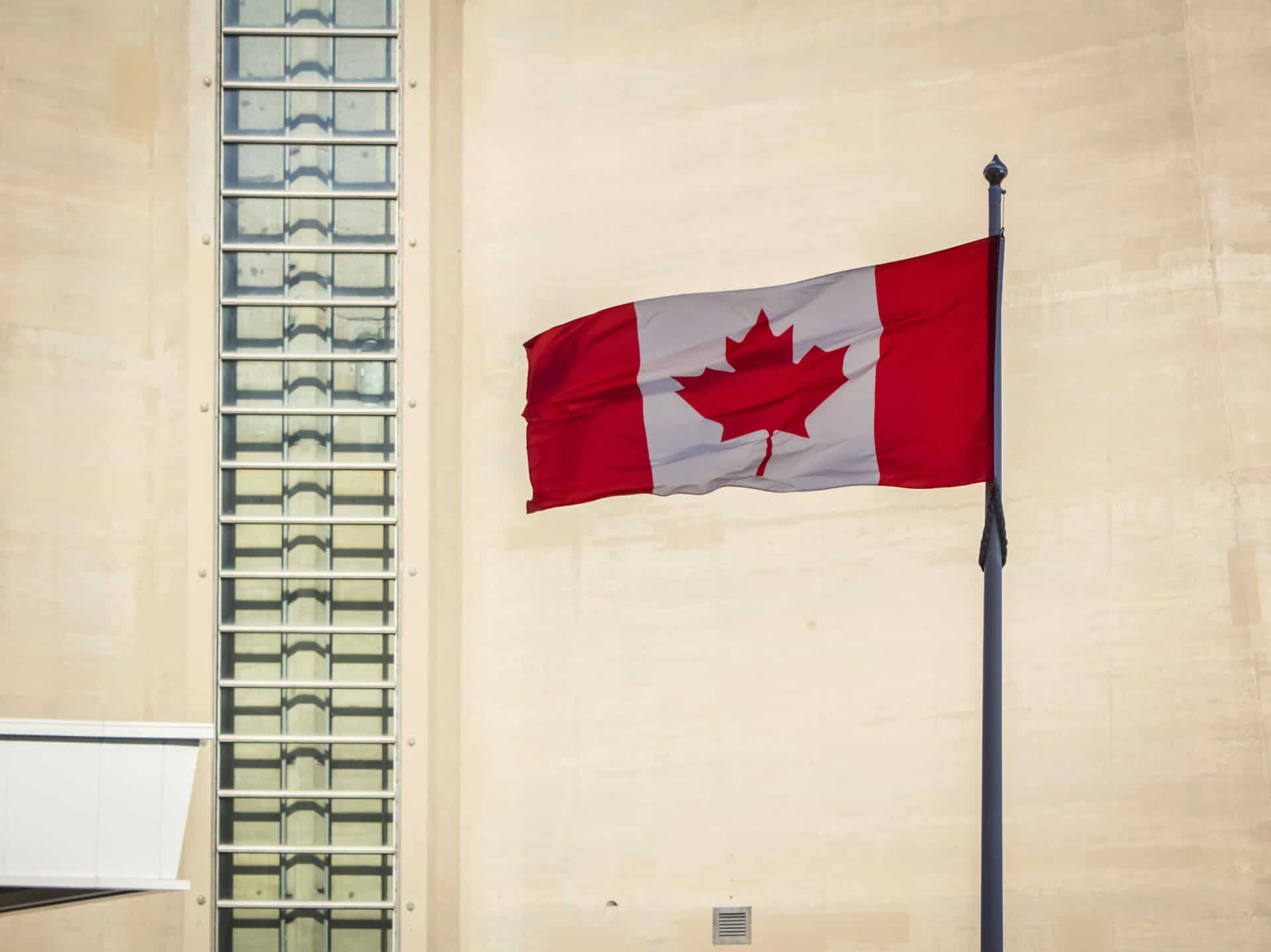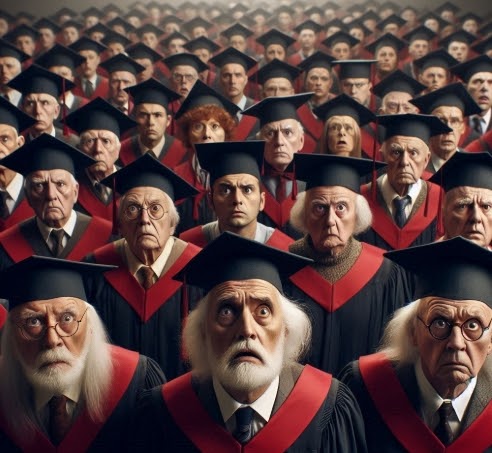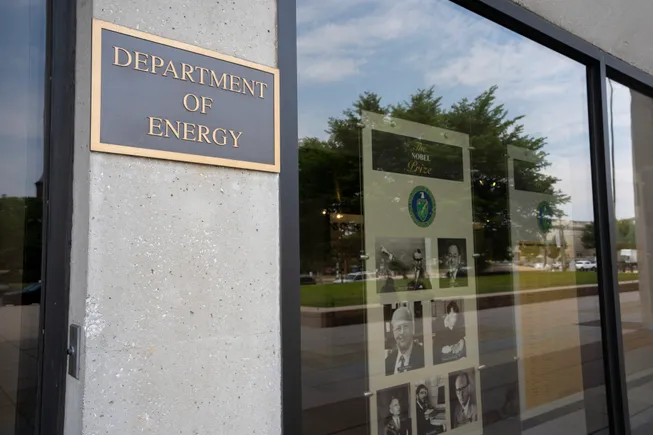Dive Brief:
- The Trump administration on Thursday proposed capping the length of time international students can stay in the U.S. at four years, regardless of the length of their studies, per a plan published in the Federal Register.
- International student visas, known as F visas, typically allows them to stay in the U.S. for as long as it takes to finish their programs. Bachelor’s and master’s degrees are typically designed to be completed in four years or less, but many Ph.D. programs tend to run longer.
- The new rule would also affect J visas, which cover certain international students, as well as short-term college instructors and researchers. If finalized, holders of both types of visas would need to apply for extensions and undergo “regular assessments” by the U.S. Department of Homeland Security to stay in the country after four years.
Dive Insight:
Restricting the flow of noncitizens into the U.S. — international students included — is not a new focus for the Trump administration. During the last year of President Donald Trump’s first term, the agencies proposed the same cap on F and J visas. The Biden administration withdrew the proposal the following year.
DHS and U.S. Immigration and Customs Enforcement argued Thursday that neither program gives federal authorities enough oversight over how long visa holders remain in the country.
In the proposed rule, the agencies alleged that the lack of a fixed end date for F and J visas incentivizes fraud, and DHS said it has identified “many examples of students and exchange visitors staying for decades.” As of April, over 2,100 international students who first entered the country between 2000 and 2010 still hold an active F visa, DHS said.
That’s a tiny share of the total number of international students the U.S. hosts. In 2023 alone, more than 1.6 million people entered the U.S. through F visas, according to DHS data. Over 500,000 people entered via J visas that year.
A DHS spokesperson on Wednesday accused international students of “posing safety risks” and “disadvantaging U.S. citizens” — and accused past administrations of allowing them to stay in the country “virtually indefinitely.”
“This new proposed rule would end that abuse once and for all by limiting the amount of time certain visa holders are allowed to remain in the U.S., easing the burden on the federal government to properly oversee foreign students and their history,” the spokesperson said in a statement.
The proposal would also prohibit graduate students on F-1 visas from transferring to other institutions or “changing educational objectives,” along with adding similar restrictions for first-year students.
Student advocates quickly panned the Trump administration’s plan, saying it would increase bureaucratic backlogs, deter international students from attending U.S. colleges and harm the country’s advancement.
Fanta Aw, CEO and executive director of NAFSA: Association of International Educators, said Wednesday that the change would also give federal agencies oversight over decisions that “have long been the domain of academia.”
“This proposal will only increase the degree of government oversight without any evidence that the changes would solve any of the real problems that exist in our outdated immigration system,” Aw said in a statement.
Aw also decried the proposal as a poorly considered draft that represents a “dangerous overreach by government into academia.”
“These changes will only serve to force aspiring students and scholars into a sea of administrative delays at best, and at worst, into unlawful presence status — leaving them vulnerable to punitive actions through no fault of their own,” she said.
Miriam Feldblum, president and CEO of the Presidents’ Alliance on Higher Education and Immigration, called the proposed rule an “unnecessary and counterproductive action.”
She emphasized the increased paperwork and bureaucratic hurdles it would require of international students.
“The rule would force them to regularly and unnecessarily submit additional applications to be able to stay in the country and fulfill requirements of their academic programs, imposing significant burdens on students, colleges and universities, and federal agencies alike,” Feldblum said in a Wednesday statement.
Both Feldblum and Aw noted that international students are already one of the most closely monitored groups in the U.S.
The DHS spokesperson on Wednesday also alleged that international students cost an “untold amount of taxpayer money.”
Yet foreign students are often a financial boon for colleges — especially tuition-dependent ones — as they are more likely than U.S. residents to pay an institution’s full sticker price.
In 2023, international college students contributed more than $50 billion to the U.S. economy, according to the U.S. Department of Commerce.
The proposal from DHS and ICE is open for public comment through Sept. 29.



